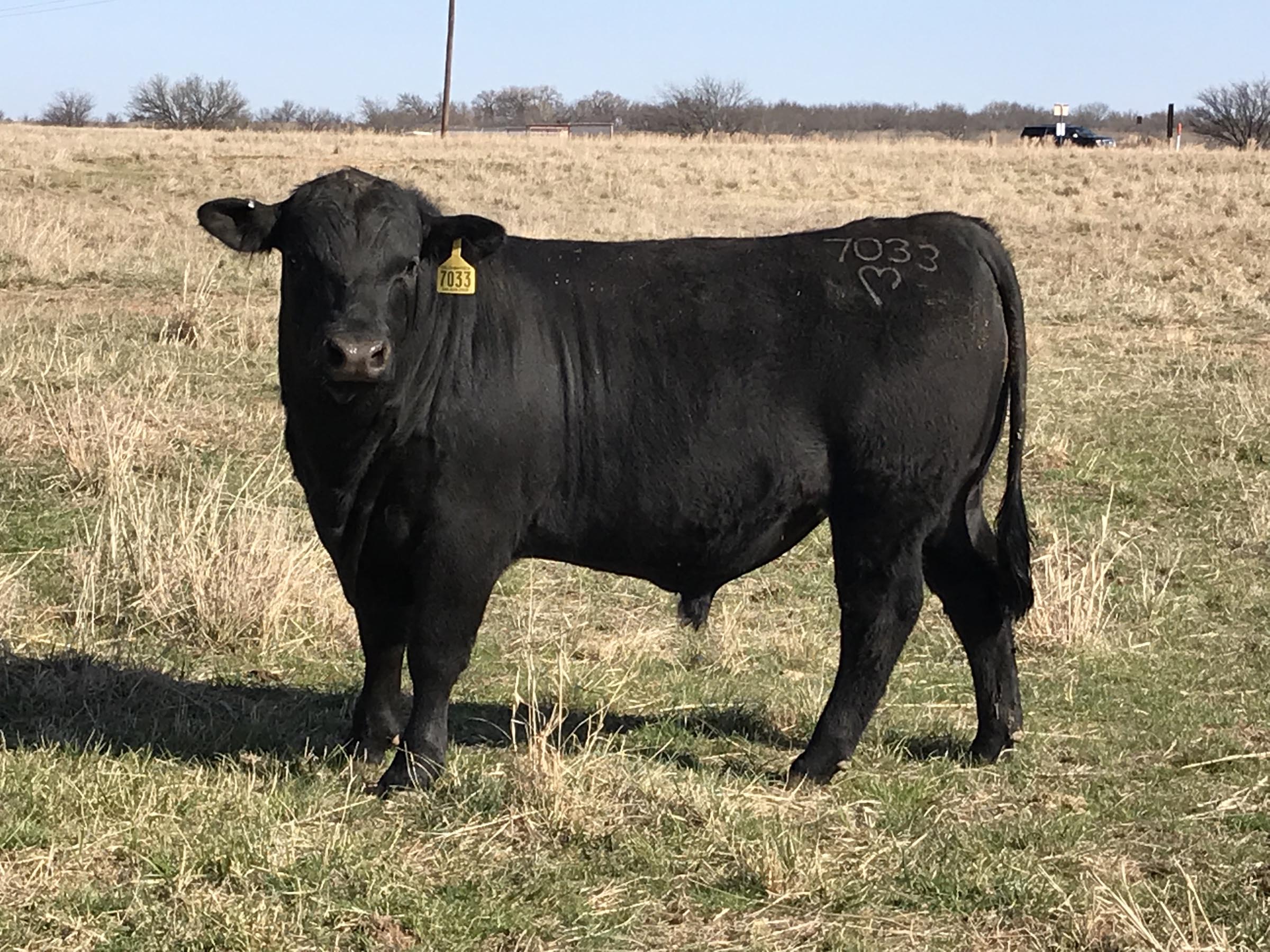Farm & Ranch
Meanwhile back at the ranch…

By Rayford Pullen
Our first frost of the year usually arrives in mid-November, which means forage quality will be dropping soon. How soon is soon? Around our place we figure we need to begin protein supplementation two to four weeks after our first killing freeze. I’m not really sure how quickly our grasses lose their food value after a freeze, but we like to begin feeding around December 15 and hopefully wind up about 100 days later.
Our winter-feeding program consists of supplementing with protein either liquid or dry and since we have native grasses and a conservative stocking rate, we do not feed hay except to the calves we are developing as future herd sires. With that said, our winter feed cost is usually in the $50 per head range for 100 days for cows that are going into the winter in pretty good condition.
Doing the math, you can see what you are losing on those cows that are not bred or nursing a calf, which makes it ever more imperative to identify those cows that are not paying their own way. The calves you do get to sell will have to make up the difference on those cows that are just eating and not raising a calf on an annual basis. With the current cattle market, there is not much room for error.
What affects your and my bottom line more than a good accountant? Let’s take a look at our expenses and income over the course of a year and see where we stand.
Our costs:
-Feed
-Fertilizer
-Fuel
-Leases
-Bulls
-Replacement females
-Essentials (i.e. Four-wheelers, tractors, RTVs, pickups, tractors, and other metal)
Income:
-Calves sold
-Cows sold
To read more pick up a copy of the November 2018 NTFR issue. To subscribe call 940-872-5922.
Farm & Ranch
Managing Show Cattle Through The Winter

By Heather Welper
Husband and wife duo, Heather and Calvin Welper, are the Co-Owners and Operators or Two C Livestock, located in Valley View, Texas.
The pair’s operation has a show cattle focus where they raise and sell purebred heifers of all breeds and club calf Hereford steers.
When it comes to show cattle, the Welpers know a thing or two including how to prepare for the cold winter months and the Texas major show season run.
To read more, pick up a copy of the November edition of North Texas Farm & Ranch magazine, available digitally and in print. To subscribe by mail, call 940-872-5922.

Farm & Ranch
Double M Ranch & Rescue

By Hannah Claxton, Editor
As the sun rises each day, so do the dozens of mouths that Meghan McGovern is responsible for getting fed. Rather than the sounds of a rooster crowing, McGovern hears the bellows and bleats of a variety of exotic deer, the chortle of kangaroos, the grunts of water buffaloes, and the chirps of a lemur.
Nestled against the banks of the Red River, the Double M Ranch and Rescue, with its high game fences and deer sprinkling the landscape,s its in stark contrast to the surrounding ranches.
“Having deer is kind of like eating potato chips- you can never actually have just one,” said McGovern with a laugh.
McGovern has several herds to take care of- fallow deer, axis deer, water buffalo, goats, and bison. In smaller numbers, there’s also a few kangaroos, a lemur, a potbelly pig, a pair of zebras, a watusi, and a few horses.
To read more, pick up a copy of the November edition of North Texas Farm & Ranch magazine, available digitally and in print. To subscribe by mail, call 940-872-5922.

Farm & Ranch
Acorn Toxicity

By Barry Whitworth, DVM, MPH
With the prolonged drought, most pastures in Oklahoma end up in poor condition. With the lack of available forage, animals may go in search of alternative foods.
If oak trees are in the pastures, acorns may be a favorite meal for some livestock in the fall. This may result in oak poisoning.
Oak leaves, twigs, buds, and acorns may be toxic to some animals when consumed.
To read more, pick up a copy of the November edition of North Texas Farm & Ranch magazine, available digitally and in print. To subscribe by mail, call 940-872-5922.

-

 Country Lifestyles2 years ago
Country Lifestyles2 years agoScott & Stacey Schumacher: A Growth Mindset
-

 Country Lifestyles8 years ago
Country Lifestyles8 years agoStyle Your Profile – What your style cowboy hat says about you and new trends in 2017
-

 HOME8 years ago
HOME8 years agoGrazing North Texas – Wilman Lovegrass
-

 Outdoor10 years ago
Outdoor10 years agoButtercup or Primrose?
-

 Country Lifestyles5 years ago
Country Lifestyles5 years agoAmber Crawford, Breakaway Roper
-

 Equine1 year ago
Equine1 year agoThe Will to Win
-

 Country Lifestyles9 years ago
Country Lifestyles9 years agoJune 2016 Profile – The man behind the mic: Bob Tallman
-

 Country Lifestyles8 years ago
Country Lifestyles8 years agoDecember 2016 Profile, Rusty Riddle – The Riddle Way




